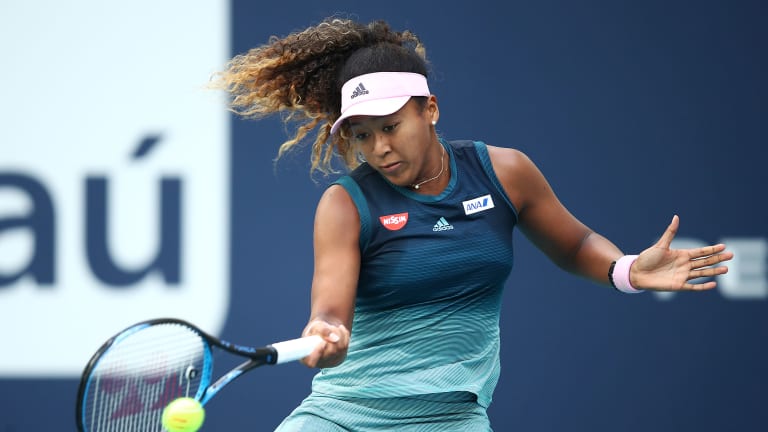WTA Stuttgart, Germany
Osaka kicks off her clay season, while Nadal tries to bounce back
By Apr 21, 2019WTA Stuttgart, Germany
Jelena Ostapenko routs Aryna Sabalenka, completing remarkable week in Stuttgart
By Apr 21, 2025WTA Stuttgart, Germany
Jelena Ostapenko stands between Aryna Sabalenka and coveted Porsche in Stuttgart
By Apr 20, 2025WTA Stuttgart, Germany
Aryna Sabalenka survives day of upsets in Stuttgart as Swiatek, Pegula and Gauff all fall
By Apr 19, 2025WTA Stuttgart, Germany
Has there ever been a matchup in tennis quite like Jelena Ostapenko vs. Iga Swiatek?
By Apr 19, 2025WTA Stuttgart, Germany
Jelena Ostapenko beats Iga Swiatek again to reach Stuttgart semifinals
By Apr 19, 2025WTA Stuttgart, Germany
Jelena Ostapenko tops Emma Navarro for Iga Swiatek Stuttgart clash; Coco Gauff, Jessica Pegula roll
By Apr 17, 2025WTA Stuttgart, Germany
Iga Swiatek in Stuttgart: From clay court to carpool karaoke!
By Apr 16, 2025WTA Stuttgart, Germany
Elena Rybakina cruises past Marta Kostyuk to win third title of 2024 in Stuttgart
By Apr 21, 2024WTA Stuttgart, Germany
Elena Rybakina battles past Iga Swiatek to reach Stuttgart final, her fifth final of the year
By Apr 20, 2024Osaka kicks off her clay season, while Nadal tries to bounce back
After ramping up for a few weeks, the clay season reaches top gear this week.
Published Apr 21, 2019
Advertising

Osaka kicks off her clay season, while Nadal tries to bounce back
© Julian Finney/Getty Images